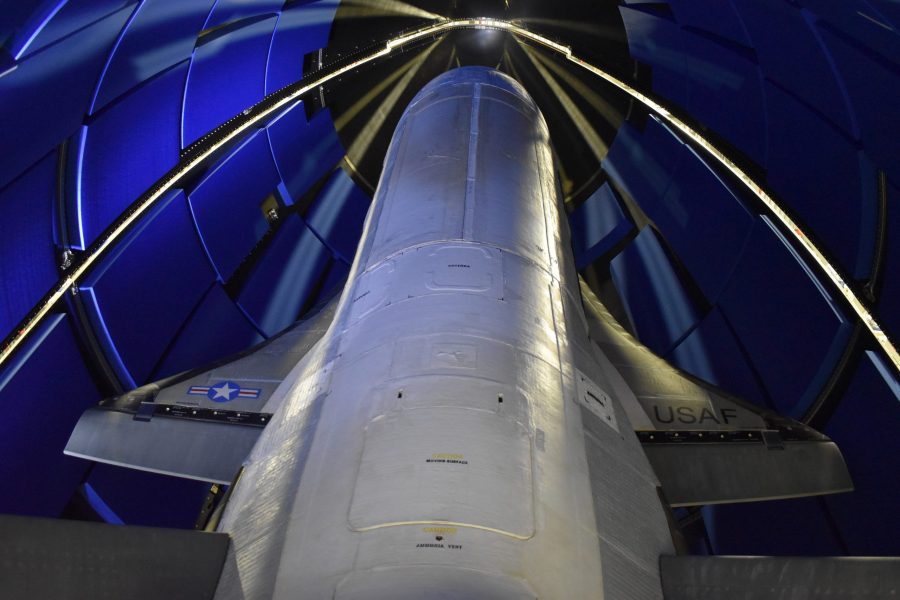A Space Force X-37B reusable space plane surpassed 780 days in space July 7, eclipsing its prior endurance record.
The Space Force’s Space Delta 9 operates the uncrewed, Boeing-built X-37B Orbital Test Vehicle, which belongs to the 3rd Space Experimentation Squadron. Space Force officials did not immediately respond to queries.
The Space Force has never disclosed how many X-37B Orbital Test Vehicles it owns and does not publicize the classified program’s mission itineraries. However, Boeing Space announced the new record on social media.
The Space Force says the uncrewed X-37B is a testbed for technologies associated with reusable space vehicles and largely classified space experiments. The spacecraft is 29 feet long, one quarter the length of the Space Shuttle. Taking off from Cape Canaveral Space Force Station, Fla., the first three OTV missions landed at Vandenberg Space Force Base, Calif. The past two returned at Kennedy Space Center, Fla., close to the Cape Canaveral launch site.
X-37B missions have grown progressively longer over time. OTV-1 lasted 224 days in 2010. OTV-5 set the prior record of 780 days, remaining in space from September 2017 to October 2019.
OTV-6 launched from Cape Canaveral on May 17, 2020. Two publicly revealed payloads included the Air Force Academy’s FalconSAT-8, which the X-37B deployed into orbit with five experiments and technology demonstrations aboard; and the Naval Research Laboratory’s experimental Photovoltaic Radio-frequency Antenna Module, intended to convert solar energy into RF microwave energy.
Secrecy surrounding the X-37B fueled suspicions in China and Russia that the X-37B is “secretly an offensive weapon,” according to a report by the Secure World Foundation updated in May 2022. That report called such fears unfounded, noting that observed from the ground, the X-37B appears to be “exactly what the Space Force claims it is.”
The U.S. government will start missions on a new uncrewed space plane, Sierra Space’s Dream Chaser, in 2023. NASA has contracted flights on Dream Chaser to resupply the International Space Station.

